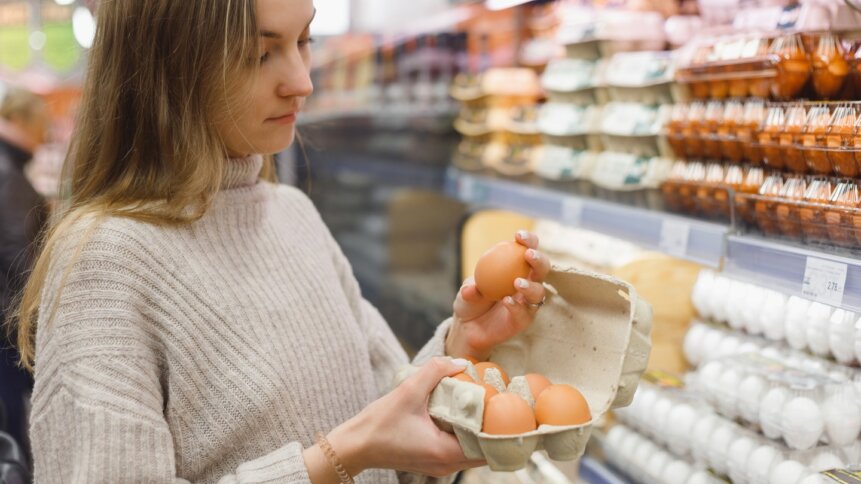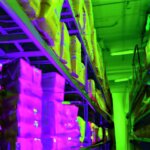The renaissance of blockchain?

It’s fair to say that cryptocurrency had a shockingly bad year in 2022. With hackers and thieves lifting prodigious electronic sackfuls of cash from a variety of exchanges, and whole exchanges collapsing into the sand on which they were built due to chronic mismanagement, it was a year that made even some significant adopters wary of dabbling again in what became known as an unstable environment. Blockchain, which the tech world knows is the underpinning technology on which things like cryptocurrency are built, was tarred with the same brush to some effect in the eyes of the wider public, meaning it has some distance of education to run to free itself from the bad odor of cryptocurrency and establish itself as an understood part of the wider business and domestic world.
The question is how it can do that in a world in which it’s largely a badly misunderstood force, despite already underpinning a lot of existing and developing technological transactions and work?
We sat down with Ronny Tome, who perhaps unsurprisingly is the founder of a well-regarded blockchain named Ducatus. His conviction is that blockchain is – or at least could be – an entirely revolutionary technology across myriad sectors if only there was sufficient understanding and take-up of it.
THQ:
Just once, nice and loud for the people at the back – blockchain is not the same as cryptocurrency, right?
RT:
Right!
The separation of terms.
THQ:
Great. Glad we got that settled. Tell you what – while we’re still on Basic Street, let’s go around the block. What are the differences between blockchain and cryptocurrency, and why should we not confuse the two?
RT:
Blockchain is the underlying technology. It’s very simple. It’s a public ledger. It’s like an Excel sheet where you put in all the transactions that are happening. They are then packaged into blocks. And those blocks are then locked by some form of algorithm. And then comes the next block. So there’s one block after the other. That’s a blockchain.
THQ:
A chain… of blocks. Uncanny.
RT:
It’s just a ledger of data. And due to the technology in which it’s programmed, it’s immutable. So whatever has happened, you cannot change anymore in the future.
Cryptocurrency makes use of that technology. It’s just a small application of the technology, but blockchain can be used for so many more things than just being a payment coin or being a smart contract. So, look at blockchain as the foundation, the underlying technology of all these applications that are happening on top of the blockchain.
One of them is a cryptocurrency and cryptocurrency now comes in many different flavors and colors. You have payment coins you have smart contracts, you have all different kinds of de-fi products (decentralized financing). Many of the applications of blockchain are not currencies, and many of them are not being used to make any kind of payments. Some of them are used to describe a certain process.
98% of the people can be wrong.
Again, all of this is mostly unknown to, I would say, 98% of the population. For them, it’s all the same. This is the general issue that we have globally with people not understanding what it is and not seeing the real potential. And I believe in many ways, that the government’s purposely not really educating the people about it, because they don’t want them to know.
THQ:
It felt unusually important to get that off our mutual chests.
So – while around 98% of the world’s population see blockchain and hear cryptocurrency, what other things can it do, but more importantly, what are the things it makes more sense to used bitcoin to do, in ways that don’t exist already?
RT:
It makes more sense to use blockchain for things like AI and big data. They’re all using Blockchain now, because it can be a store of data, so it can be a solution for automated accounting purposes. Supply chain management is another big area where blockchain makes more sense.
With the scan of simple QR code, you will know exactly where a product has come from, you’ll know where it’s gone through, you’ll know anything you need to know as far as data management is concerned. Anything with data can be stored in a blockchain and can then, through smart contracts, be managed fully automatically, without any human being able to manipulate it.
People talk about blockchain as a “trustless” technology. That’s a big part of the point – we don’t need to trust anybody once the code is written. If the code is written properly and correctly, then nobody can change the data anymore. It’s going to be inputted automatically into the blocks and into the blockchain. Which means that as soon as I can see that this transaction is in the blockchain, and it’s verified by the verifiers, all of which is perfectly public to see, I don’t need to trust a person, I don’t need to have any doubts. I know this is real.
The yolk of truth.
THQ:
So problems of fundamental reality are the province of blockchain?
RT:
Yes. Think about it in a domestic setting. When you go into a supermarket and you buy an “organic” egg, how do you know that it’s organic? Apart from the fact that it maybe costs you 50% more? There is no proof, right, you need to trust the shop.
THQ:
Which, given the practices of some suppliers and supermarkets, is a fairly foolish thing to do.
RT:
Exactly. If you put your egg on the blockchain, you could have a QR code there. And that can show you the whole journey, from farm to shelf – you don’t need to trust anybody anymore. It’s there, and you can see it.
THQ:
A slightly bleak, if necessary outlook – but of course, “zero-trust” is understood as a way to ensure cybersecurity, so it makes sense that the less trust there is in a process, the more reliable it is.
RT:
We’re still in a very early stage for all of this. But what we need is for more people and more businesses to get really involved in adopting it, because it will make a lot of things easier and faster.
In Part 2 of this article, we’ll explore what those things are – and what the pathway towards a more blockchain-centric world should look like.










